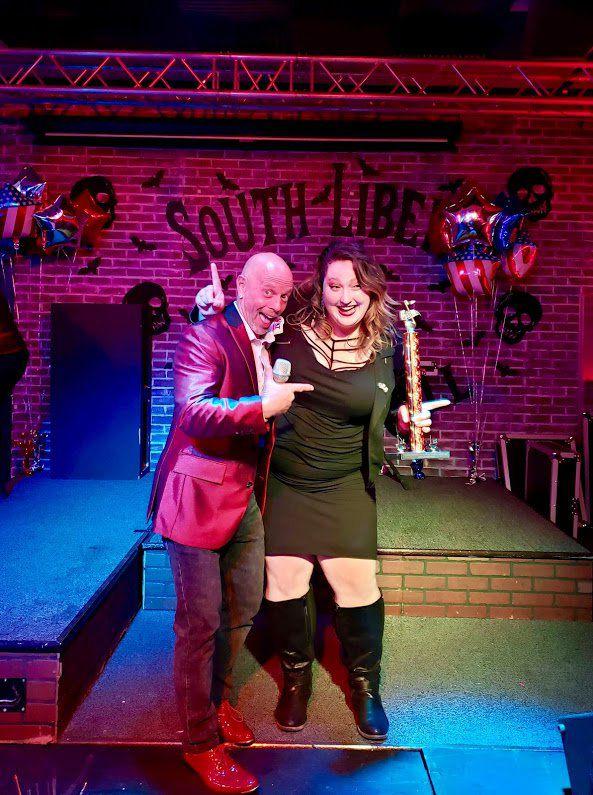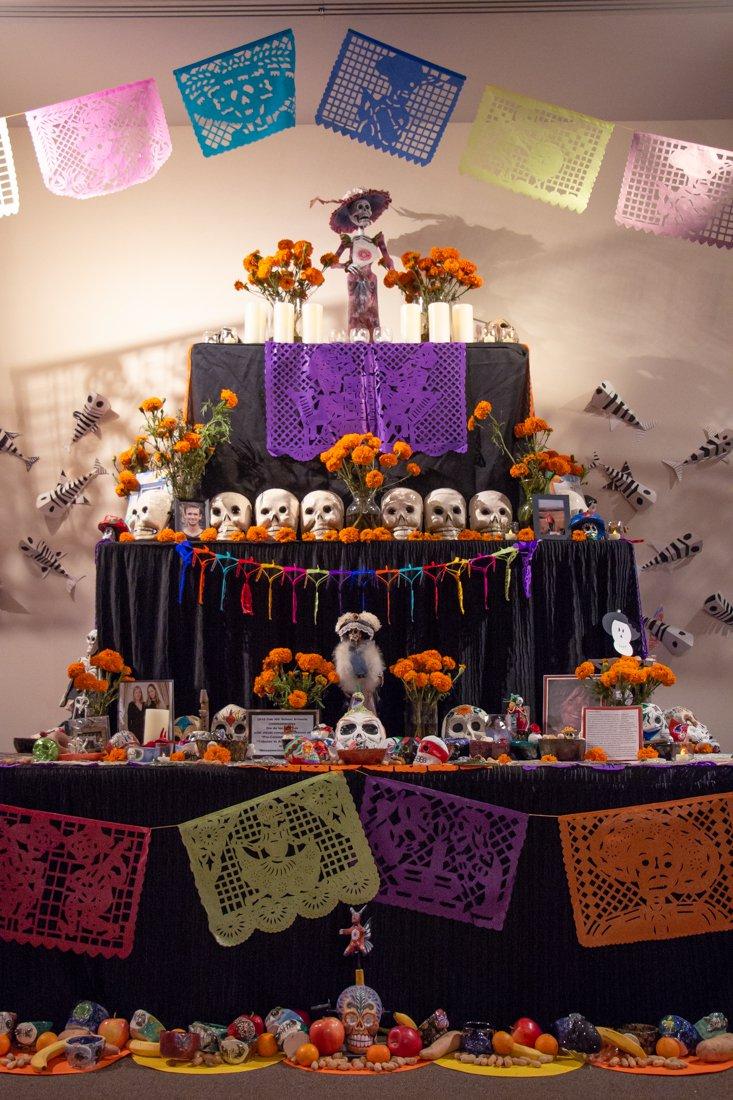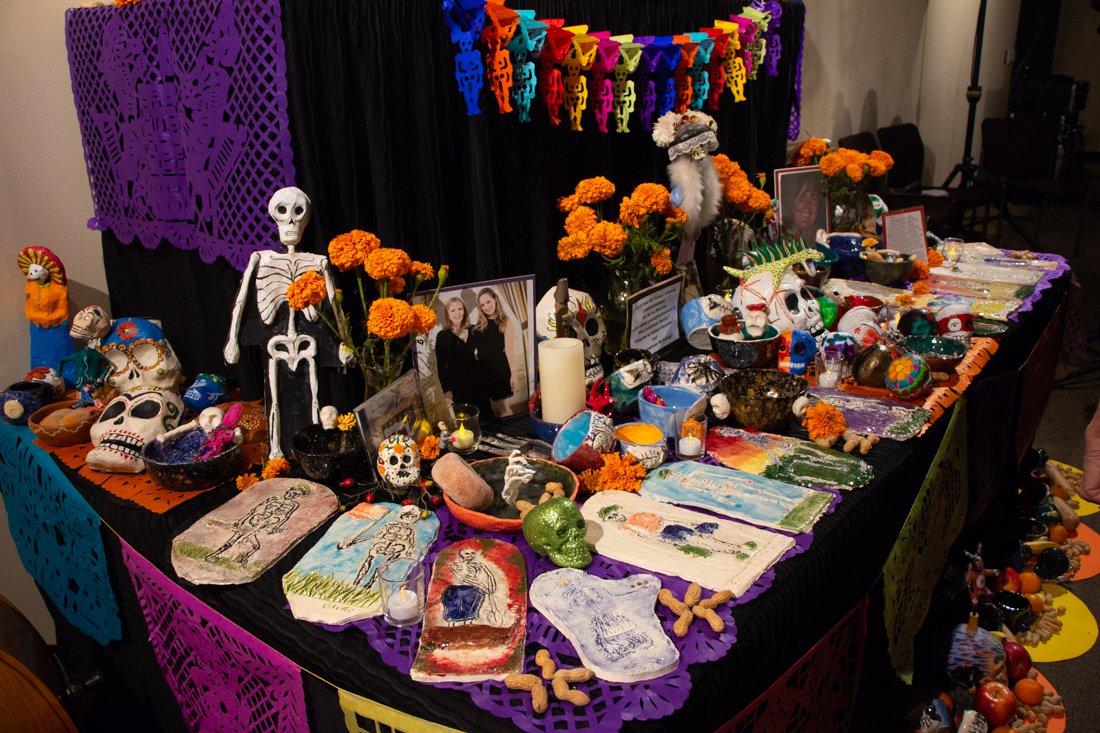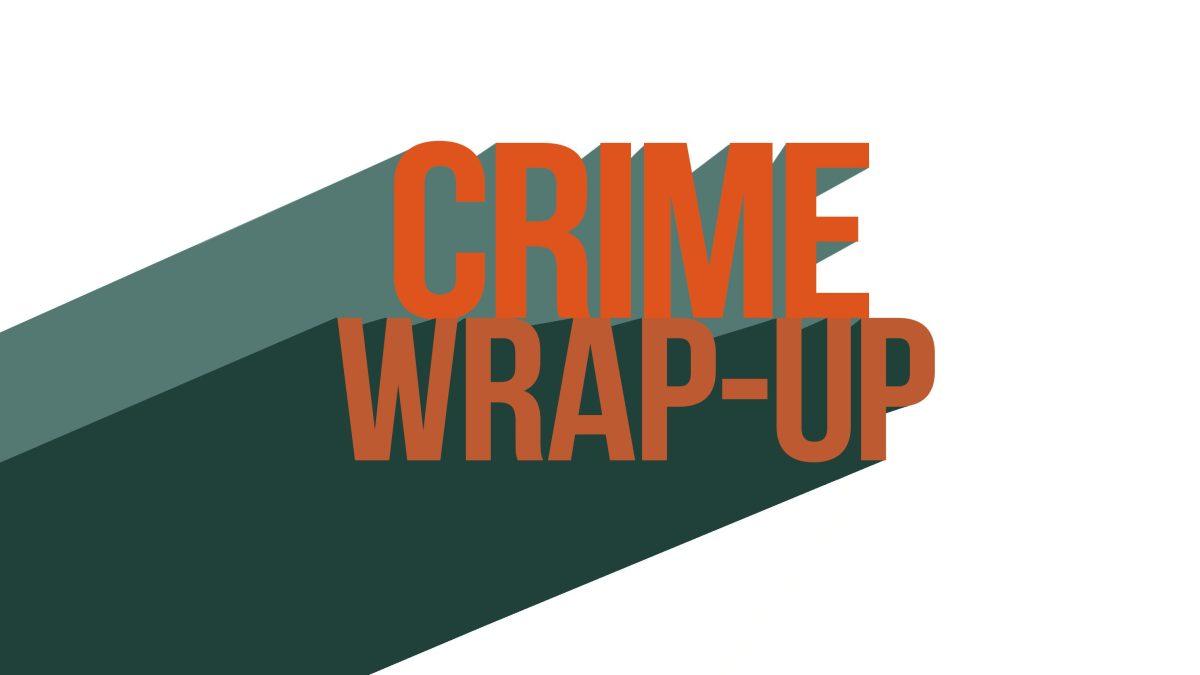The Oregon club women’s rugby team, also known as the Dirty Ducks, has filed a petition in conjunction with USA Rugby, the sport’s national governing body, with the Oregon Athletic Department to create a Division I women’s rugby team.
USA Rugby emerging sports coordinator Becky Carlson contacted Dirty Ducks coach Greg Farrell and Dirty Ducks co-coordinator Kara Winek last November in an attempt to gauge interest on the club team regarding the potential addition of an NCAA team.
“(Becky) asked me what our goals for our team were and if we were interested in trying to make women’s rugby an NCAA-sanctioned sport,” Winek said.
Currently, women’s rugby is classified by the NCAA as an emerging sport, a step below a championship sport such as basketball. To receive official sanctioning as a championship sport, women’s rugby must be adopted by 40 schools. Emerging sport status is cultivated upon the collection of signatures from the club teams of 10 universities.
Since the emerging sports initiative for rugby began in 2002, five schools have added NCAA women’s rugby teams – Eastern Illinois University, West Chester (Pa.) University, Bowdoin College, Southern Vermont College and Norwich University. Petitions similar to Oregon’s have been circulated through more than 50 universities, primarily in lower-division schools. Colorado, Kansas, Missouri, Yale, UC Davis and California have all received women’s rugby petitions.
Cal Assistant Athletic Director Herb Benenson confirmed in an e-mail that the women’s rugby petition has been processed and is awaiting final recommendations from university and athletic department staff. If a Golden Bears women’s rugby team is created, it would be the first team from a Bowl Championship Series conference – and the second Division I team.
According to Farrell, Oregon Athletic Director Pat Kilkenny, Executive Senior Associate Athletic Directors Jim Bartko and Reneé Baumgartner and University President David Frohnmayer received copies of the petition. Baumgartner said in an interview three weeks ago that she had not seen the petition until presented with a copy.
The club women’s rugby team was formed 10 years ago and has grown popular. Five years ago, the Dirty Ducks had 17 players; this year’s roster held steady at 28. While only a handful of Dirty Ducks played rugby prior to college, the players’ love for the sport has been growing and the competitive fire has been stoked.
“We’re looking to go D-I so that we can have a new level of competition,” junior co-coordinator Jenn Greenspan said. “We don’t have that much competition. The only people that are in our league right now are Oregon State and Reed College. (We’re looking for) a new level of commitment from our teammates.”
Sophomore flyhalf Siche Green-Mitchell, one of the few Dirty Ducks to have played competitive rugby before college, agrees.
Timeline
| 1998: | University of Oregon club women’s rugby team founded. |
| 2002: | USA Rugby begins its emerging sports initiative to make rugby an NCAA sanctioned women’s championship sport. Eastern Illinois becomes the first NCAA women’s rugby team and Division I team. |
| 2003-04: | NCAA women’s rugby, a fall sport, begins its first year of competition. |
| Nov. 2007: | Becky Carlson of USA Rugby makes initial contact with the Dirty Ducks regarding potential interest in an NCAA Division I team. The petition process begins. |
| March 2008: | Completed petition is finalized; signatures of all Dirty Ducks players gathered. The petition is submitted to Pat Kilkenny, Reneé Baumgartner, Jim Bartko and Dave Frohnmayer. |
| 2010: | Oregon’s newest sport, team stunts and gymnastics, will begin competition. |
| 2011: | According to Becky Carlson, Oregon is required to acknowledge the Dirty Ducks’ petition three years after it was first submitted. |
| 2013-14: | A board of governors with the NCAA will vote to retain women’s rugby’s status as an emerging sport if it has not met the required number of teams (40) to be sanctioned for a championship. |
“It would be incredible. It would clearly bump up our level of play,” Green-Mitchell said. “We would have higher-caliber players coming in. It would be huge for the nation in terms of recognition (of rugby)…I think it’d be a huge pull to the University. I really do.”
A sport in transition
The earliest ruminations of rugby have been traced to the 11th century, although 1823 is generally considered the year in which the sport was truly invented when an English student named William Webb Ellis picked up a soccer ball and ran with it. This makes rugby older than baseball, basketball and American football.
At first glance, rugby is a violent, whirling dervish that calls to mind the physical and tactical nature of American football and the perpetual motion of soccer. The scoring system is easily recognizable to football fans. A try is counted when a player touches the rugby ball down in the end zones of the field, or try zones, for five points. Conversion kicks follow trys and are worth two points, and field goals, which may be kicked at the spot of a penalty, are worth three points.
Traditionally organized under a club format, the sport has garnered a reputation as brutally physical and downright confusing. After all, what kind of sport has props, hookers and a position called Number 8?
Rugby also garners a reputation of being insular, which has inhibited growth and awareness of the sport in the eyes of those within the rugby community.
Greenspan, a native of San Ramon, Calif., did not know what a rugby ball looked like, let alone the rules of the game, when she came to Oregon. A walk-on track athlete for Oregon, Greenspan joined the Dirty Ducks her sophomore year at the behest of her roommate, who also played rugby.
“I just loved the contact and really just wanted something that had more team unity,” Greenspan said. “I think it’s not publicized as much as it should be. To attract new people, you really need to be sought out by a friend or something. I didn’t know about (club teams) at all. Once you’re in the community, you know about it.”
Green-Mitchell was introduced to rugby in high school, when she watched her cousin play a game for a high school club team in West Linn, a suburb of Portland.
“I had never heard of it. I said, ‘That looks like fun. I can do that!’” Green-Mitchell said.
In her junior year at Lincoln High School in Portland, Green-Mitchell played for her high school club team. She then played for the Oregon Rugby Sports Union women’s club team for two years, attending Portland Community College after graduation. She looked at Eastern Illinois and West Chester before eventually settling on attending school at Oregon and playing for the Dirty Ducks.
Green-Mitchell’s story may become more common in the near future. The seven-page petition presented to the athletic department notes that Oregon alone will field more than 300 high school club players, and more than 100 high school club teams nationwide have registered with USA Rugby. The petition also cites Canada as a potential recruiting base, with 350 school-sponsored teams in British Columbia alone.
Some of rugby’s popularity, however, is inherent in its crossover appeal. Winek, a senior from Appleton, Wisc., played basketball, volleyball and tennis, ran cross country and did throwing events in track in high school. Green-Mitchell wrestled and played soccer and basketball before delving into competitive rugby. The petition also advertises rugby as “the only full
contact sport for women in the NCAA.”
The pros and cons of adding a team
| PROS – Viewed as a pioneer for championing an emerging women’s sport. – Adding a growing youth sport with increasing recognition. – A rugby team enables around 30 women to realize their opportunity to play a Division I sport. – Twelve athletic scholarships available to women. |
| CONS – Program has startup costs of $15,000 and will cost $90,000-$100,000 every year afterward, according to the NCAA’s Web site, not including initial costs of a rugby facility, uniforms, practice materials, head coach’s salary, etc. – Nearest NCAA competitor (Eastern Illinois) is 2,500 miles away. – Non-revenue sport. – Not a sanctioned high school sport in the U.S.; not well-known nationwide. |
| Visit the Dirty Ducks’ Web Site at http://enoch.uoregon.edu/~aduchate/kara/index.html |
Jen Sowins was introduced to rugby in her senior year at Oregon, when she attended a practice on the recommendation of a co-worker and got hooked. Sowins, a 2000 Oregon graduate who works as a student payroll specialist for the University, coaches boys and girls club rugby in Eugene, which is a recognized club sport at South Eugene High School and serves girls across Eugene. The club team is one of 10 girls’ teams affiliated with Rugby Oregon, an organizational body of high school club teams throughout the state. She has seen rugby’s popularity – and ubiquity – grow in her four years of coaching.
“It really sees positive growth every single year. The sport is catching on,” Sowins said. “It’s not quite wildfire yet, but it’s become a positive outlet for students looking for (something) other than traditional sports. You see teams in new areas.”
A model for the future
According to Frank Graziano, the head women’s rugby coach at Eastern Illinois, “No one in the world has developed athletes in that (18-24) age bracket the way we do.”
Graziano, a former coach of the USA under-23 women’s national team, was hired to coach the Panthers in 1999. He is quoted in the Panthers’ rugby yearbook as saying that “I came to Eastern Illinois to develop THE rugby model for this new emerging NCAA sport.”
He has not disappointed. The Panthers play on the $1.4 million Lakeside Rugby Field, complete with press box and permanent seating for 400 spectators. With a recruiting budget and scholarships in tow (Graziano would not disclose specifics; per the NCAA Web site, rugby teams are allowed a maximum of 12 athletic scholarships), Eastern Illinois looks the part.
Molly Clutter is an example of the newest wave of student-athletes that Graziano has sought. Clutter, a senior center from Rossville, Ill., was recruited by several schools for track, but, to her great surprise, received a recruiting letter from Graziano.
“I kind of laughed at first only because I had never played rugby before. My parents kind of laughed about it, too,” Clutter said in an e-mail. “We didn’t really take it seriously. My dad did a lot of research online, and that started to make me think. My brother was the one who really made me think I could do it. He came into my room and was just like, ‘Who can say they went to college to play rugby?’”
Graziano later made an in-home visit with a tape of rugby in tow, and Clutter made an official recruiting trip. Understanding that Graziano was serious, Clutter took a chance – and walked on to the track team as well. She is now the fourth-leading scorer in Panthers history, with 52 career trys and 45 career assists.
The Panthers have amassed a 67-17 record in Graziano’s tenure and averaged 51.4 points per game in the 2007 season. (Rugby is classified as a fall sport by the NCAA.) Playing other universities’ club teams, Eastern Illinois has been able to create separation between club-level women’s rugby and NCAA women’s rugby. Ask Ohio State – the Panthers trounced the Buckeyes’ club team 108-3 on October 6. Ask Michigan State – the Spartans’ club team lost 124-0, the Panthers’ largest point total and margin of victory in a game.
Still, for all the effort poured into the program, Graziano’s record at Eastern Illinois technically stands at 0-1 – his loss coming on September 15 against West Chester, the first-ever official NCAA women’s rugby game – a tough reality check for the nation’s only Division I women’s rugby team.
“It’s a pretty lonely island,” Graziano said.
Compliance matters
Baumgartner, the senior woman administrator in the Oregon athletic department, has overseen the addition of two women’s sports in her tenure – lacrosse and team stunts and gymnastics. A large part of her role is assisting in compliance with Title IX, the legislation demanding equal opportunity for men and women in athletics and academics.
Oregon complies with Title IX under the second of three prongs, under a history of continued expansion of opportunities for women. In adding new sports, Baumgartner and the athletic department look at various factors, including growth trends, “interest and abilities” surveys of the community at large, cost, facilities and other issues.
The athletic department’s most recent addition, women’s lacrosse, was finalized in 2004. Women’s soccer was added in 1996, and women’s golf in 1987. In keeping with the timeline, team stunt and gymnastics will begin competitive cheering in 2009.
What could Oregon’s next women’s sport be? Too early to tell, says Baumgartner.
“We get these things all the time,” Baumgartner said, adding that Oregon wouldn’t be adding a new sport for another “eight or nine years.”
According to Carlson, the women’s rugby petition may be resubmitted and must be acknowledged after three years. In the meantime, the Dirty Ducks would like women’s rugby to be considered.
“The University of Oregon always been next step, cutting edge of whatever they need to do. They wanted to build a championship lacrosse team on the West Coast, they want to be the first to do that – they could do the same thing with rugby,” Farrell said. “Oregon just likes to be the front runner in a lot of stuff and innovative. This is gonna be a big boom here very shortly.”
[email protected]






